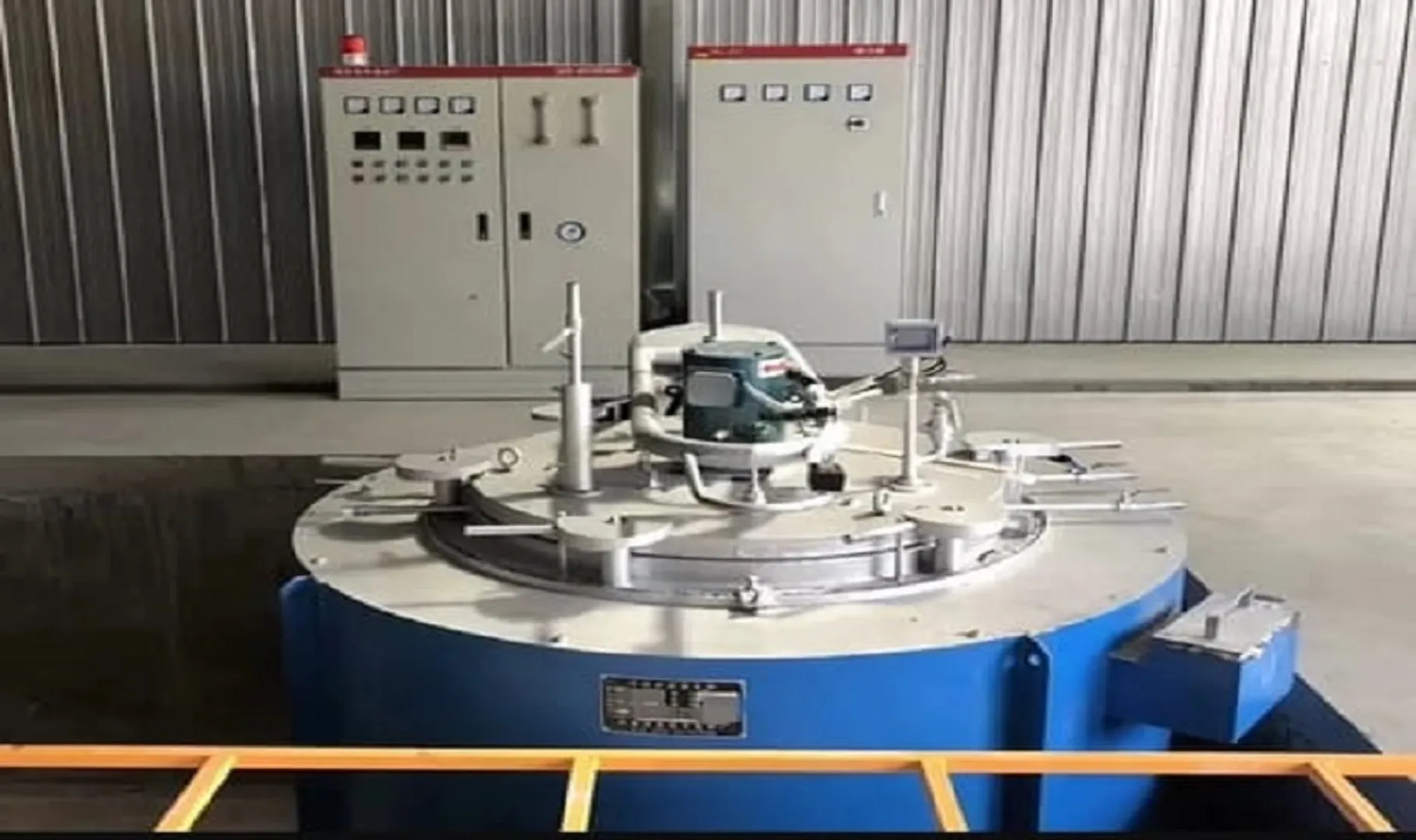Gas Nitriding
Gas nitriding is a case-hardening process in which nitrogen is introduced into the surface of a metal (usually steel) at high temperatures to form hard nitrides, improving wear resistance, fatigue strength, and corrosion resistance.
1. How Gas Nitriding Works
1. Preparation – The workpiece is cleaned to remove any
surface contaminants.
2. Heating – The metal is heated in a sealed furnace to a
temperature of 500–570°C (930–1050°F).
3. Nitrogen Diffusion – A nitrogen-rich gas (typically
ammonia, NH₃) is introduced into the furnace. The ammonia
decomposes, releasing atomic nitrogen, which diffuses into the
metal surface.
4. Formation of Nitrides – The nitrogen reacts with iron
and alloying elements (e.g., chromium, molybdenum, aluminum) to
form hard nitrides in the surface layer.
5. Cooling – The treated part is cooled gradually to
prevent distortion.

2. Benefits of Gas Nitriding
✅ High Surface Hardness – Can achieve up to 1200 HV (Vickers
Hardness).
✅ Improved Wear Resistance – Increases durability and
lifespan of components.
✅ Excellent Fatigue Strength – Ideal for high-stress
applications.
✅ Minimal Distortion – Unlike other heat treatments, gas
nitriding occurs at relatively low temperatures, reducing warping.
✅ Enhanced Corrosion Resistance – Forms a protective layer,
especially on stainless steel.
3. Applications of Gas Nitriding
🔹 Automotive Components – Gears, crankshafts, camshafts, valves
🔹 Aerospace Parts – Landing gear, turbine shafts
🔹 Tooling & Dies – Molds, punches, cutting tools
🔹 Medical Instruments – Surgical tools, implants
🔹 Firearms & Defense – Barrels, slides, bolt carriers
4. Types of Gas Nitriding
A. Conventional Gas Nitriding
● Uses ammonia gas to diffuse nitrogen into the surface.● Forms a compound layer (white layer) and a diffusion zone.
B. Controlled Gas Nitriding
● Allows precise control over nitrogen diffusion for optimized hardness and layer thickness.C. Plasma (Ion) Nitriding
● Uses a plasma field instead of ammonia gas for superior control.● Produces a cleaner surface with no white layer.
5. Comparison: Gas Nitriding vs. Other Hardening Methods
| Process | Temperature | Hardness (HV) | Distortion | Corrosion Resistance |
|---|---|---|---|---|
| Gas Nitriding | 500–570°C | 800–1200 HV | Low | High |
| Carburizing | 850–950°C | 600–700 HV | High | Low |
| Induction Hardening | 800–1000°C | 600–1000 HV | Medium | Moderate |
| Plasma Nitriding | 400–600°C | 800–1200 HV | Very Low | High |

